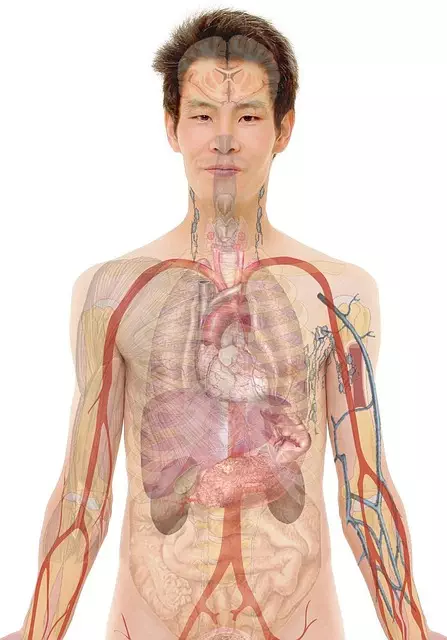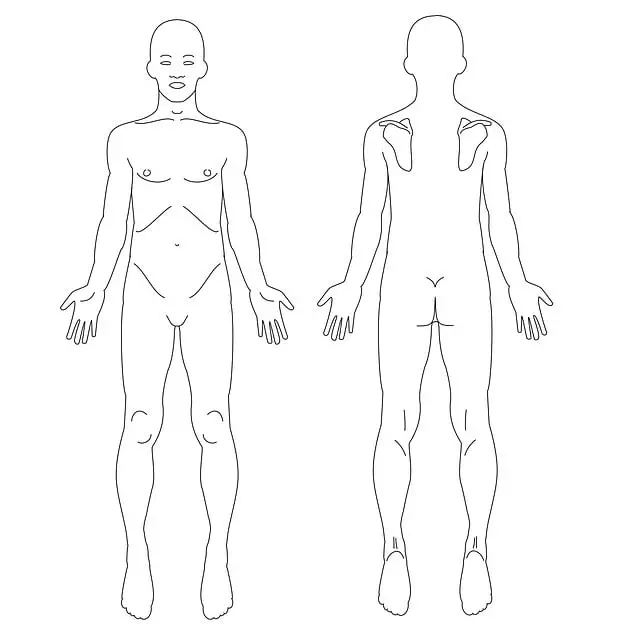Non-invasive body contouring offers a safe and effective way to reshape your body without surgery, using advanced technologies like radiofrequency and lasers to break down fat cells and boost collagen production. These methods target problem areas such as the abdomen, thighs, or buttocks, allowing for quicker recovery times and minimal downtime. Popular techniques include HIFEM, RF treatments, and cryolipolysis, each with its unique benefits. With clinical studies showing positive results, non-invasive body contouring is a compelling and safe option for those seeking body enhancement, boosting confidence and well-being.
“Discover the transformative power of non-invasive body contouring—a growing trend in the beauty industry. This comprehensive guide explores the fundamentals of this innovative procedure, its evolving techniques, and the numerous benefits it offers. From understanding the science behind it to uncovering popular methods and their effectiveness, we delve into the details.
Learn about targeted areas where non-invasive contouring excels, real-life success stories, and what to expect during recovery. Get ready to unlock your ideal figure without the invasiveness of traditional surgeries.”
Understanding Non-Invasive Body Contouring: Unveiling the Basics

Non-Invasive Body Contouring is a revolutionary approach to achieving desired body shapes and sizes without the need for surgery or extensive downtime. This method utilizes advanced technologies, such as radiofrequency, lasers, and ultrasound, to target and break down fat cells while simultaneously stimulating collagen production. The result? A sleeker, more toned physique that can be achieved in relatively short treatment sessions.
Unlike traditional cosmetic procedures, non-invasive body contouring is safe for most individuals, making it an attractive option for those seeking body transformations. These treatments are administered by trained professionals who ensure precision and comfort throughout the process. By focusing on specific areas of concern, such as the abdomen, thighs, or buttocks, individuals can achieve their aesthetic goals while maintaining overall health and well-being.
The Evolution of Body Sculpting Techniques

The art of body sculpting has undergone a remarkable evolution, transforming from invasive procedures to a realm of non-invasive body contouring methods. Historically, body shaping involved surgical interventions, which carried significant risks and recovery times. However, advancements in technology have led to a surge in less aggressive techniques, catering to those seeking subtle enhancements without the drawbacks of surgery.
Today’s market is saturated with non-invasive body contouring options, such as radiofrequency treatments, ultrasound therapies, and advanced laser technologies. These cutting-edge approaches allow for targeted fat reduction, muscle toning, and skin tightening, all while minimising patient discomfort and downtime. As a result, folks can now achieve their desired silhouette without the hassle and potential risks associated with traditional, more invasive procedures.
Advantages of Choosing Non-Surgical Shaping Procedures

Choosing non-surgical shaping procedures offers a host of advantages over traditional, more invasive methods. Firstly, it’s a safer alternative as it avoids the risks associated with anaesthesia and incisions, making it ideal for individuals who are not suitable candidates for surgery due to health conditions or simply wanting to avoid the procedural complexities. These procedures use techniques like liposuction alternatives, non-invasive fat reduction, and body contouring devices that target specific areas of concern without disturbing the surrounding tissue.
Secondly, non-invasive body contouring provides quicker recovery times, often with minimal downtime, allowing individuals to resume their regular activities promptly. The results are also more natural-looking as these methods work by eliminating excess fat and tightening skin, leading to a slimmer, more defined silhouette. This approach is particularly appealing for those seeking subtle enhancements or wanting to maintain a healthy, toned body without extensive recovery periods.
Targeted Areas: Where Non-Invasive Contouring Makes a Difference

Non-invasive body contouring techniques have gained popularity for their ability to target specific areas of concern, offering a safer and more gentle approach to achieving desired shapes. These methods focus on reducing fat, firming skin, and enhancing overall body composition without incisions or extensive recovery periods associated with surgical procedures.
The beauty of non-invasive contouring lies in its versatility to address problem zones like the abdomen, thighs, buttocks, and arms. By utilizing advanced technologies such as radiofrequency, lasers, or ultrasound, these treatments stimulate collagen production, break down fat cells, and improve skin tightness, resulting in a more sculpted and defined physique.
Popular Non-Invasive Methods and Their Effectiveness

Non-invasive body contouring methods have gained significant popularity in recent years due to their ability to sculpt and shape the body without surgery or extended recovery periods. These procedures leverage advanced technologies to target specific problem areas, reducing fat, tightening skin, and enhancing overall body aesthetics. Among the most popular non-invasive techniques are high-intensity focused electromagnetic energy (HIFEM), radiofrequency (RF) treatments, and cooling technology like cryolipolysis.
Each method has its unique approach. HIFEM involves muscle contraction through non-invasive electrical impulses, promoting fat loss and toning. RF uses heat to stimulate collagen production, improving skin firmness. Cryolipolysis, on the other hand, freezes and eliminates fat cells. Clinical studies have shown promising results for these treatments, with many clients reporting noticeable improvements in body contour and skin texture. However, individual outcomes may vary based on factors like lifestyle, diet, and adherence to post-treatment protocols.
Safety and Recovery: What to Expect After the Treatment

After a non-invasive body contouring treatment, it’s normal to experience some temporary side effects and changes in your body. The recovery process varies depending on the specific procedure, but generally, you can expect redness, swelling, and mild discomfort in the treated areas. These symptoms usually subside within a few days to a week. It’s important to follow any post-treatment instructions provided by your healthcare professional or specialist, including staying hydrated, applying recommended topicals, and avoiding strenuous activities.
During the recovery period, listen to your body and give it the rest it needs. You may notice some slight changes in skin texture or temporary indentations where the treatment was applied. These are normal and usually resolve as your body heals. It’s crucial to be patient and not rush into any intense workout routines immediately after the procedure. Allowing adequate time for healing ensures optimal results and minimizes the risk of complications.
Real-Life Results: Before and After Stories

Body sculpting and shaping have evolved significantly with the advent of non-invasive body contouring technologies. One of the most compelling aspects of this field is the ability to achieve remarkable results without the downtime or risks associated with surgical procedures. Real-life stories of individuals who have transformed their bodies through non-invasive means are abundant, offering a glimpse into the transformative power of these innovative treatments.
Before and after comparisons showcase dramatic changes in body shape and contouring, from reducing stubborn fat deposits to enhancing muscle definition. Many patients report increased confidence and improved overall well-being following their treatments. These stories serve as powerful testimonials to the effectiveness and safety of non-invasive body contouring, encouraging those seeking body enhancement to explore these modern solutions.
